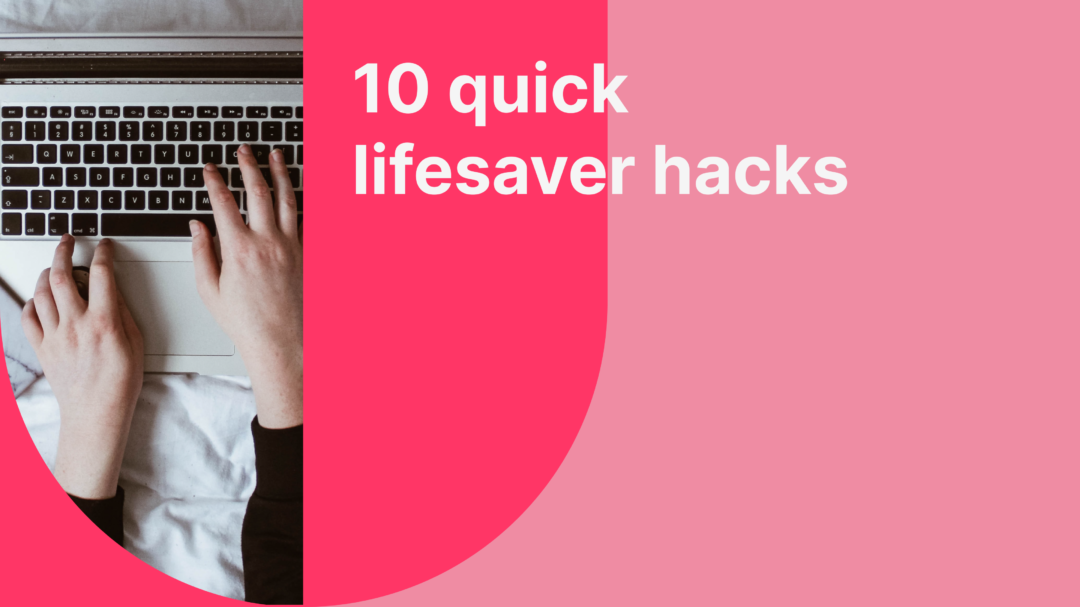At Useberry, we resisted a lot in writing an article about remote design sprints. When the quarantine hit us, we were faced with a tough dilemma: to go with the “wave” and write an article about remote design sprints or to remain silent. And we decided to go with the latter. The reason behind our decision was that we truly believe that at certain times it’s only experts that should have a say. And we might have a lot of experience in remote design sprints but no, we are not experts. That’s why, instead of writing a simple article on remote design sprints and sharing our take (and things you most probably already know), we decided to interview an expert on a similar, almost identical topic: virtual design sprints. If you haven’t read this amazing interview yet, do so now!
Now, let’s go back to our topic. If you have been following our blog (thank you btw) for quite some time, you might have -correctly guessed that we are still not going to write an article about how to facilitate remote design sprints. We have already posted guides on design sprints and design sprints 2.0 and repeating the same information just for the sake of it would not be of much value to you.
After performing a couple of remote design sprints ourselves and after getting our clients’ feedback, we are more than happy to present to you the 10 remote design sprints hacks to not only facilitate but also enjoy your remote design sprints.
Let’s begin, shall we?

Hack #1 – Use Mural (or Miro)
Now for most of you, that’s not even a hack. Mural has managed to become a great alternative to our beloved whiteboard and 90% of the teams (our clients) we questioned are using it.
Hack #2 – Use Doodle
Organizing your meetings for your sprints should not take a lot of your time. Optimize this process by using a tool like Doodle to save your precious time for something more important.
Hack #3 – Use pre-recorded video if needed
For more efficiency, if you want to explain or help one or more of your team members understand something before they get in the sprint, send them a pre-recorded video with instructions, explanations, etc.
Hack #4 – Use Figma
Again, this should not sound like a hack, but if you are not already using Figma, start doing so now. Figma allows you to collaborate on your designs and prototypes; it can also be used in so many other ways, you just have to be a little creative!
Hack #5 – Use a remote prototype testing tool
For the validation phase, you need to test your prototype remotely. Well, that’s exactly what’s Useberry for anyway. The best part is that you can test your designs straight from Figma with our amazing plugin. Try it now, it’s free.
*If you don’t use Figma for your prototypes, you could test your prototypes straight from Adobe xd with our plugin or import your designs from InVision, Sketch, and Marvel (or you could just add your own sketch, it works with that too!).
Hack #6 – Use Notion
One of the most important things when planning physical meetings is to have someone keeping notes. In a remote environment that’s really challenging but please, always, always, always have someone taking notes during the sprints. You could use Notion for that.
Hack #7 – Do your daily standups with Google Hangouts
Another struggle we have seen a lot is finding a way to do your typical standups. If you were to take one single piece of advice from this post is that you need to avoid phone calls at all costs!!! It’s very unprofessional, impersonal, and not efficient at all while it can create issues in your team’s dynamics. Use a tool like Google Hangouts to tackle the problem.
Hack #8 – Use Zoom
Facilitate your remote design sprints in Zoom. It’s like Mural, everybody’s using it, no further questions should be asked. Note that Zoom can be used for your other meetings as well (just add the rest of the participants).
Hack #9 – Use your own skills
Our brain works differently in various environments and sometimes not as expected. Paper should be still preferred over any other digital tool out there (at least that’s what all of our clients said). It is just more productive and hey, there should be a balance between digital and physical tools that we use, we are not machines.
Hack #10 – trust your gut
I can hear you ironically saying “oh, this hack must be one of the biggest ones I’ve ever heard for remote design sprints” but bear with me. All I’m trying to say is that not one size fits all. You need to experiment a lot. Right now, we are going through a transition phase and there is still room for mistakes. Listen to everything out there but always be picky so that you won’t lose yourself or even your team in the process.
Conclusion
Remote design sprints are lovely. Yes, they’ve gained their popularity with all this mess going on, but if utilized the right way, they can help you launch amazing products. Because, once you become aware of one thing’s advantages (especially when you are pushed by key drivers of change), you end up owning a new tool that you can then utilize according to your best interests at any time and in any way you might need it.
Feel free to contact us!
We’d love to know your experience with Useberry and we will be excited to hear your thoughts and ideas.



